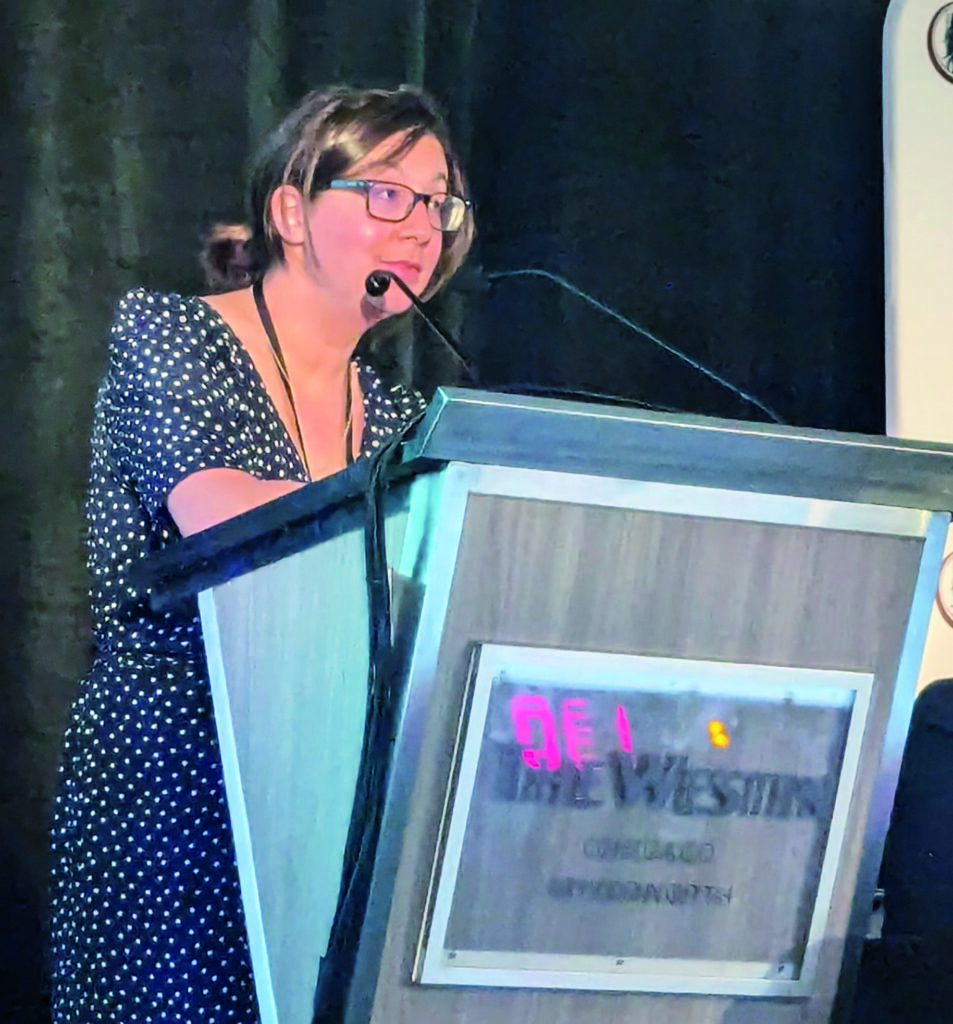
Ongoing studies of the Efemoral vascular scaffold system (EVSS)—previously described as a potential new paradigm in the treatment of long occlusive lesions—show that the device continues to show promise, according to investigators.
The latest animal study assessed the subacute response to implantation of the novel, sirolimus-eluting bioresorbable system in 10 arteries of five female mini-swine, finding that it provided effective scaffolding of the treated artery, achieved near-complete reendothelialization within 30 days and “generated only a modest vascular proliferative response.” The data were revealed at the 2024 Midwestern Vascular Surgical Society (MVSS) annual meeting in Chicago (Sept. 12–14). Clinical data from the ongoing first-in-human trial of the device, EFEMORAL I, are due to be presented at the 2025 Charing Cross (CX) International Symposium in London, England (April 23–25). Here, Rym El Khoury, MD, a vascular surgeon at NorthShore-Endeavor Health in Chicago, the first-named author on the latest animal study, takes stock of the progress made with the EVSS (Efemoral Medical) to date.
Can you tell us about the latest animal data presented at MVSS 2024 and how this contrasts with that from MVSS in 2021?
In 2021, we presented an acute animal study of a novel bioresorbable vascular scaffold system. This investigational device consisting of multiple, serial, short, balloon-expandable scaffolds was implanted in a validated large animal model of percutaneous femoropopliteal arterial intervention. The animal’s hindlimb was bent in a physiologic and supra-physiologic position to assess arterial deformation and preservation of arterial lumen diameter after device implantation. We found that the inter-scaffold spaces allowed for unencumbered arterial motion in an environment that exceeded the mechanical requirements of the human superficial femoral and popliteal arteries. We also demonstrated that the copolymer of poly-L-lactic acid (PLLA) scaffold was able to deform with hindlimb extreme flexion. The hypothesis that long segments of human arteries can be effectively treated with this new paradigm was thus tested. In order to address the periprocedural arterial injury and neointimal hyperplasia that hinders durability, we spray-coated this investigational device with a known antineoplastic agent—sirolimus—and implanted it in a similar model. The purpose of this study was to assess the subacute response to its implantation. At 30 days, all treated arteries exhibited modest inflammation, near-complete endothelialization, modest neointimtal reaction, and ubiquitous fibrin. This novel sirolimus-eluting PLLA-based scaffold demonstrates the potential to address the Achilles’ heel of currently available endovascular treatment options.
Can you update us on how the first-in-human trial is progressing?
EFEMORAL I is a multicenter international trial currently enrolling in Australia and New Zealand. To date, 28 patients have been treated with the investigational device, with follow-up data up to three years in the first human subjects. In April 2024, Dr. Andrew Holden, the principal investigator for this first-in-human trial, presented the early results at CX, including the first transcutaneous ultrasound demonstrating device resorption between the first and second year. The clinical data are scheduled to be presented at the next CX meeting in 2025 as Dr. Holden presents EFEMORAL I’s results for the first time.
The device has been adapted for below-the-knee interventions. How is this development progressing?
The Efemoral system presents the advantages of treating long-segment tibial disease with a single device; prolonged drug elution to limit neointimal hyperplasia; disappearing from the artery within the first two years; and promoting positive remodeling. In May 2024, the Food and Drug Administration granted Efemoral a Breakthrough Device designation for the treatment of de novo or restenotic lesions of the infrapopliteal arteries in patients with chronic limb-threatening ischemia (CLTI). Pre-clinical studies assessing drug transfer and vascular response to the tibial device are underway.












